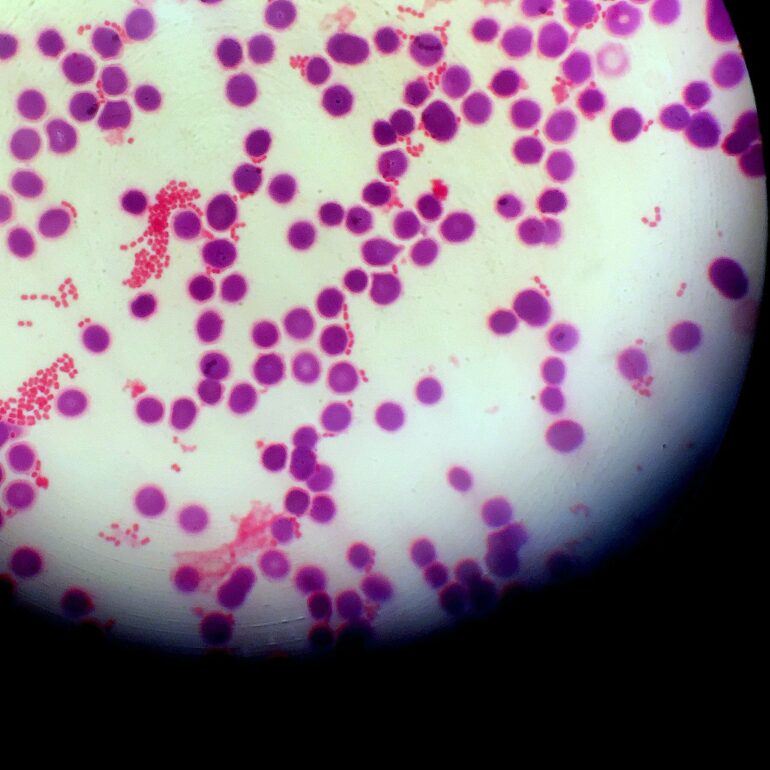Sepsis is a life-threatening condition arising from the body’s overreactive response against an infection, leading it to injure its own tissues and organs. The first known reference to “sepsis” dates back more than 2,700 years, when the Greek poet Homer used it as a derivative of the word “sepo,” meaning “I rot.”
Despite dramatic improvements in understanding the immunological mechanisms behind sepsis, it still remains a major medical concern, affecting 750,000 people in the U.S. and nearly 50 million people globally each year. Sepsis accounted for 11 million deaths worldwide in 2017, and is the most expensive medical condition in the U.S., costing over tens of billions of dollars annually.
We are researchers who study how certain types of bacteria interact with cells during infections. We wanted to understand exactly how an overreactive immune response can result in detrimental and even lethal effects like sepsis. In our newly published research, we discovered the cells and molecules that potentially trigger death from sepsis.
Sepsis results from a potentially lethal overreactive immune response to infection.
TNF in autoimmunity and sepsis
The body’s response to infection starts when immune cells recognize components of the invading pathogen. These cells then release molecules like cytokines that help eliminate the infection. Cytokines are a broad group of small proteins that recruit other immune cells to the site of infection or injury.
While cytokines play an essential role in the immune response, excessive and uncontrolled cytokine production can lead to a dangerous cytokine storm associated with sepsis. Cytokine storms were first seen in the context of graft versus host disease, arising from transplant complications. They can also occur during viral infections, including COVID-19. This uncontrolled immune response can lead to multi-organ failure and death.
Among the hundreds of cytokines that exist, tumor necrosis factor, or TNF, stands tall as the most potent and the most studied for nearly the past 50 years.
Tumor necrosis factor owes its name to its ability to induce tumor cells to die when the immune system is stimulated by a bacterial extract called Coley’s toxin, named after the researcher who identified it over a century ago. This toxin was later recognized to be lipopolysaccharide, or LPS, a component of the outer membrane of certain types of bacteria. LPS is the strongest known trigger of TNF, which, once on alert, aids in the recruitment of immune cells to the infection site to eliminate invading bacteria.
Severe COVID-19 infections can trigger cytokine storms.
In normal conditions, TNF promotes beneficial processes such as cell survival and tissue regeneration. However, TNF production must be tightly regulated to avoid sustained inflammation and continuous…
